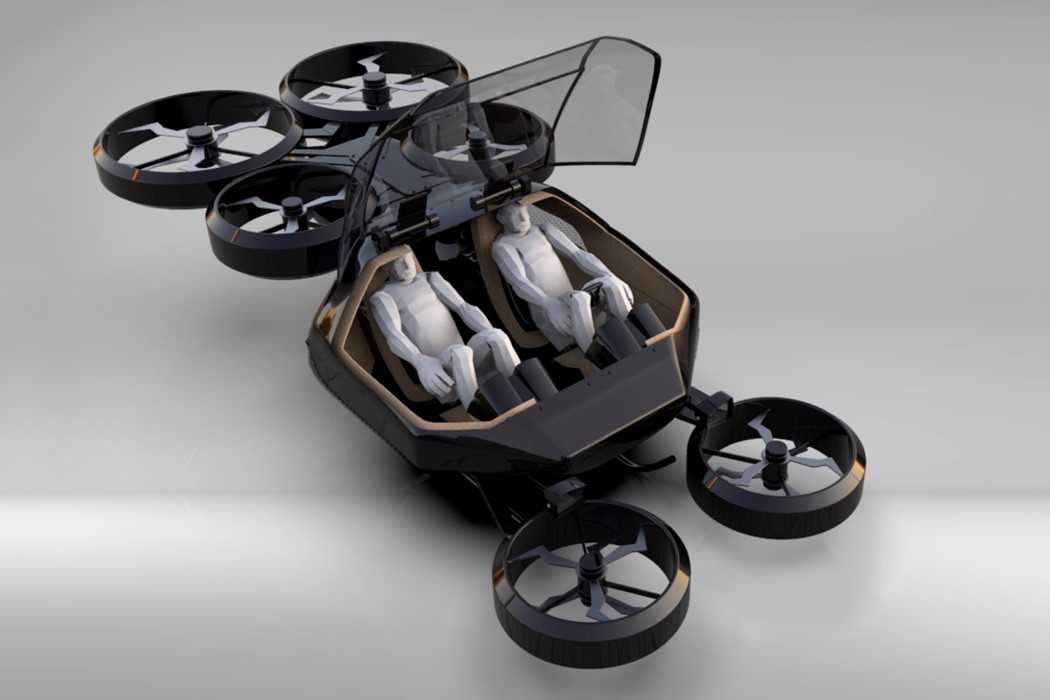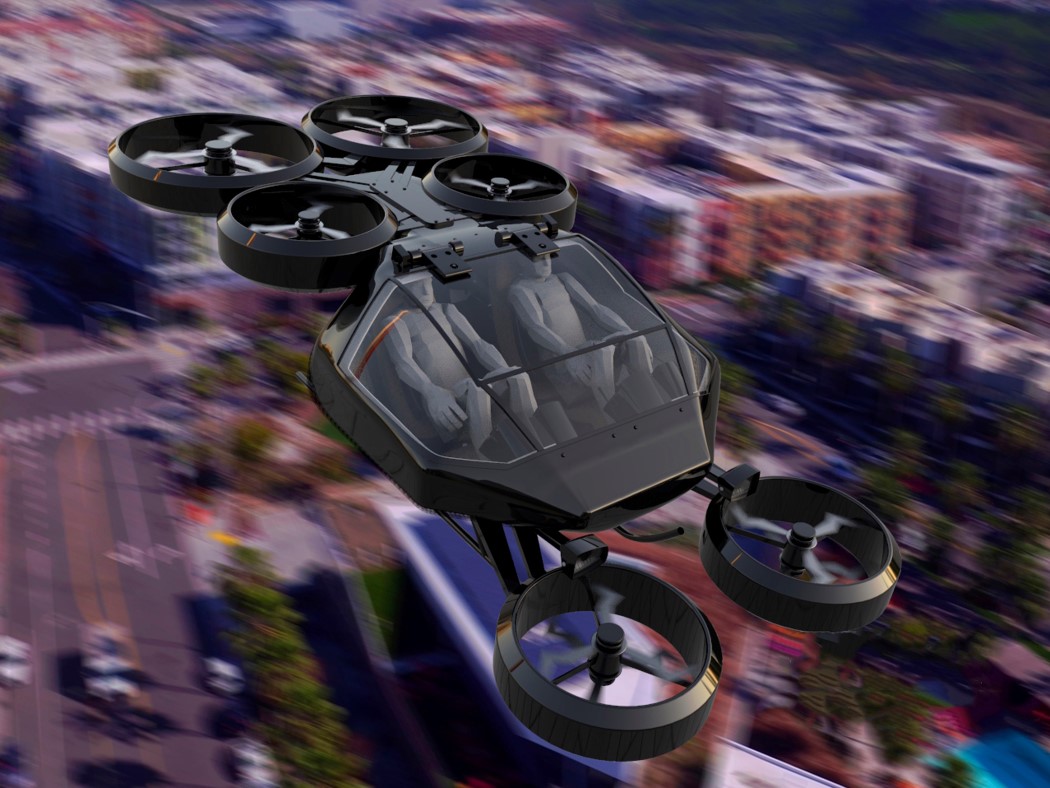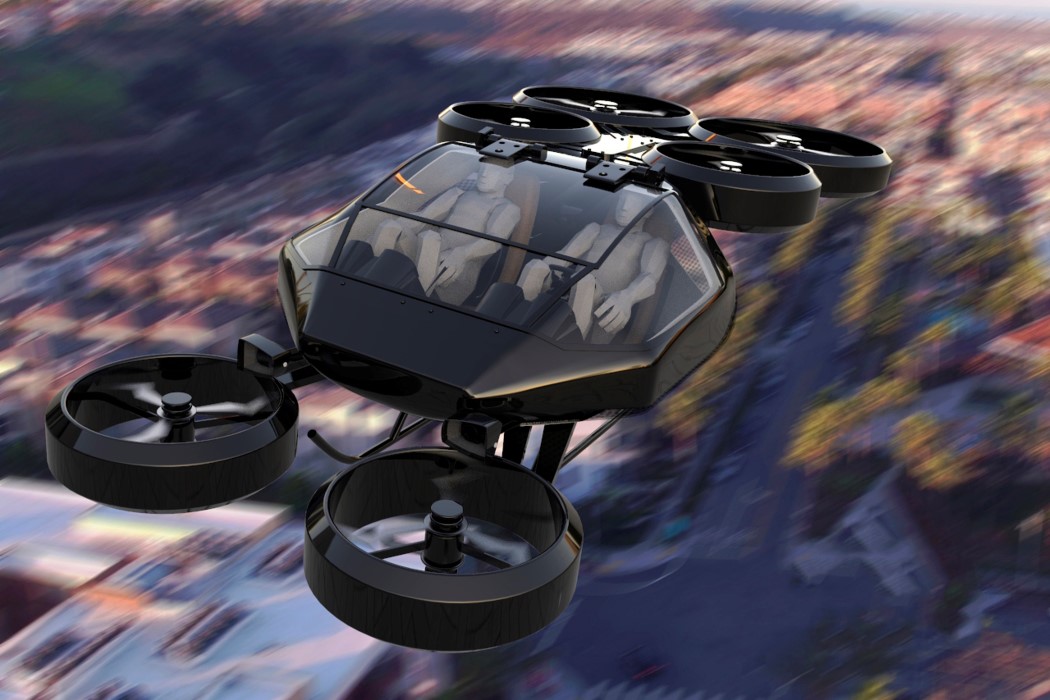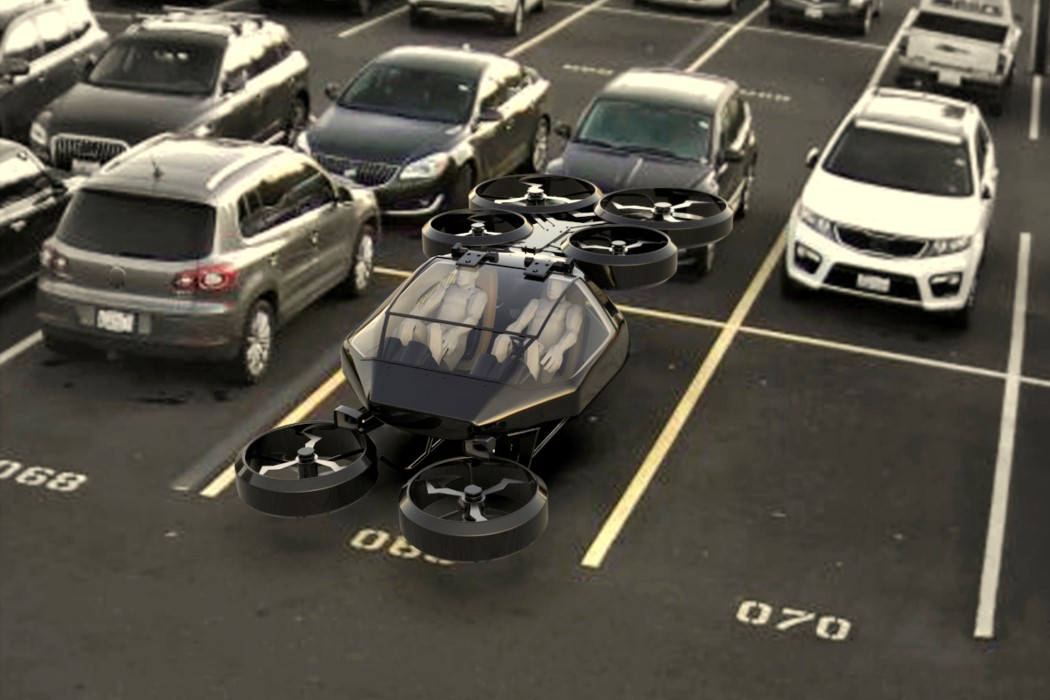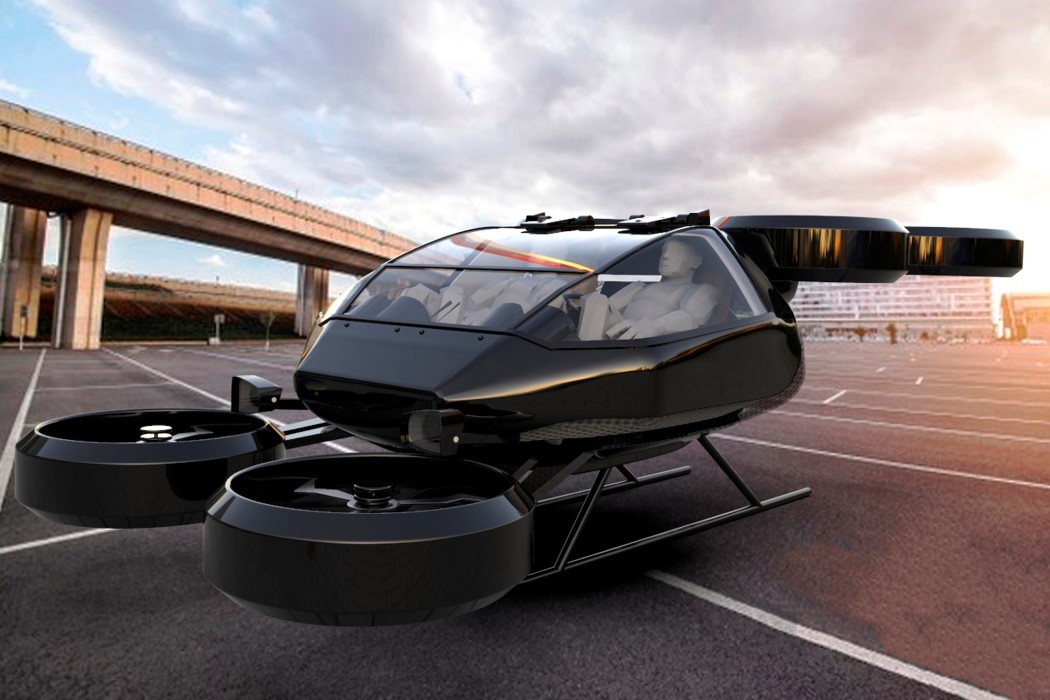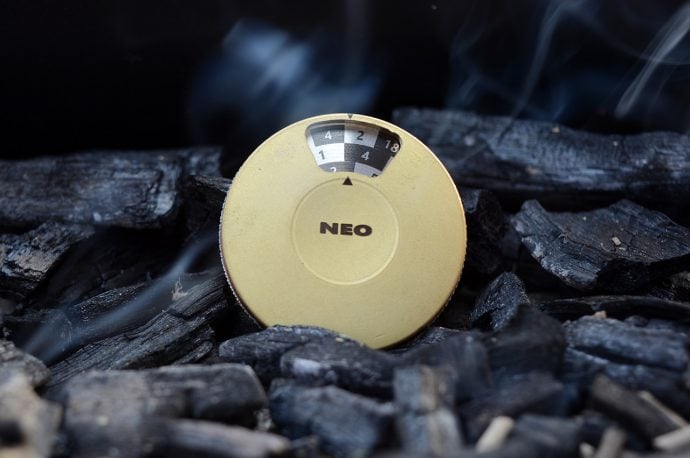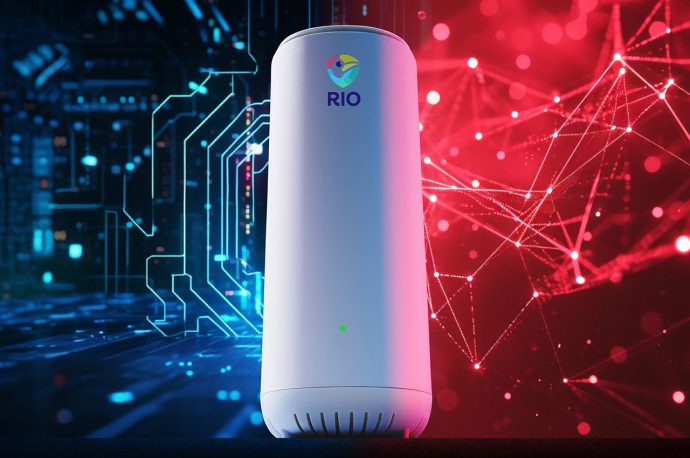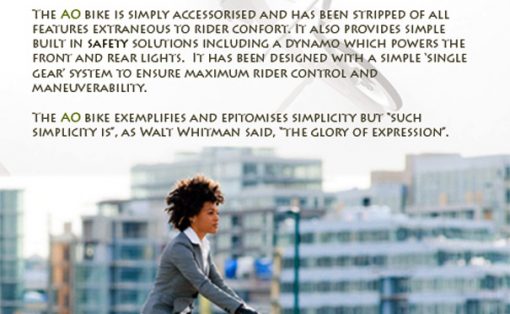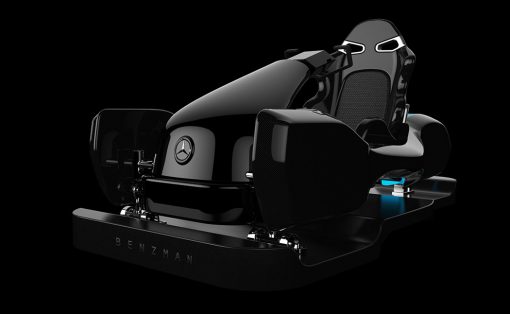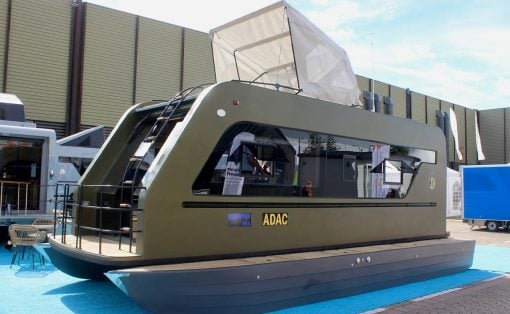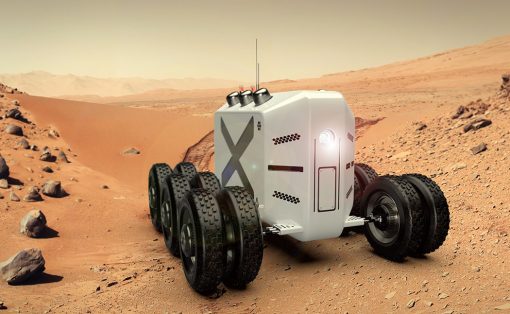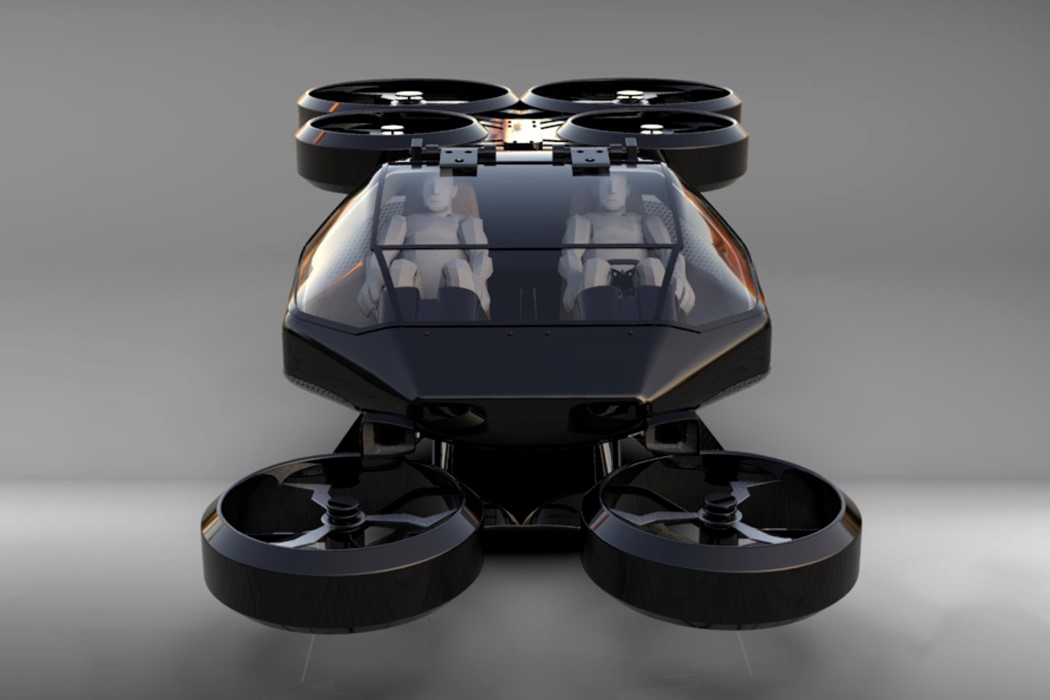
The Onyx is the result of a pretty basic demand. The future of flying cars is clearly the VTOL, or the vertical take-off and landing vehicle, and when they do become a norm, they’ll need to follow a set framework to fit into a world that was dominated for a century by four-wheeler cars. For instance, taking a VTOL to the nearest supermarket would mean having to park it in the same car-park as any regular car. That’s why the Onyx is designed the way it is… to provide that seamless transition from land-vehicles to flying-cars without necessarily needing a change in infrastructure.
The Onyx comes with a six-rotor set up, housing two rotor-units in front and four at the back (each rotor contains two propellers that rotate in opposite directions, making the Onyx have a total of 12 propellers). This arrangement gives the Onyx an overall rectangular layout, as opposed to a hexagon or square layout that would come from orienting the propellers radially or on the sides. The rectangular layout ensures the Onyx occupies the same amount of space as an SUV or a pickup, letting it comfortably fit into existing car parking spaces, and allowing conventional open parking lots to serve as docking/parking zones for VTOLs too.
Despite its large size, the Onyx is a two-person VTOL, with a single-piece glass hood that opens outwards, allowing passengers to embark and disembark from the sides, like a helicopter. This limitation is brought about, in part, by the fact that the Onyx is entirely electric-powered. Interchangeable battery packs supply power to the 12 propellers that are designed to be power efficient while greatly reducing rotor noise, making the Onyx a non-polluting VTOL in more ways than one!
Designers: Charles Champagne & Jorge Ciprian (Imaginactive)
